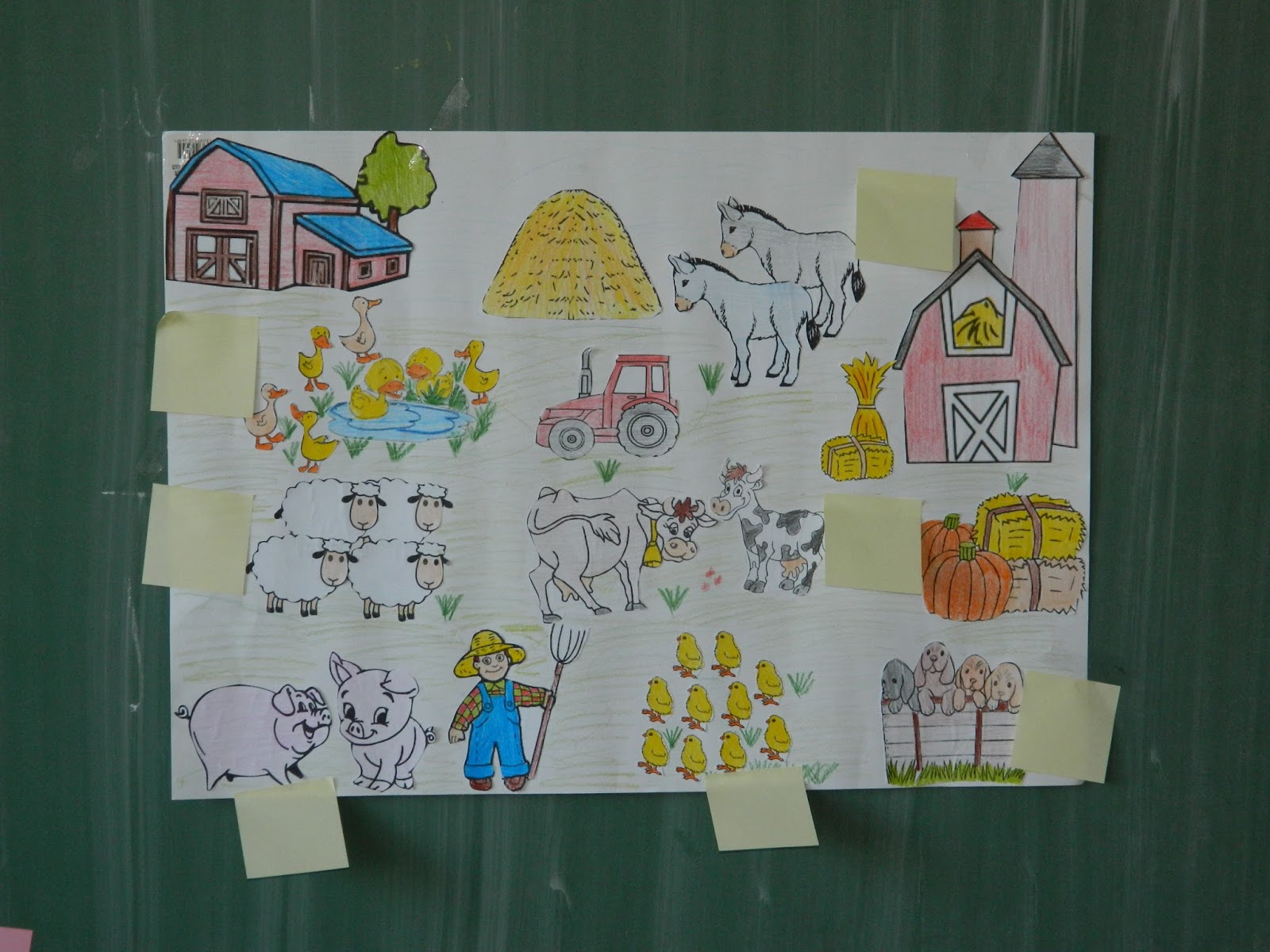This is just an idea on how a lesson on introducing body parts can be organized.
Warm - up : Start the lesson by showing some flash cards of body parts to the students. Try to elicit the words from the students and present the new ones by asking them to repeat after you several times. Put the pictures on a wall in the classroom, point to each picture in the order they are arranged and ask students to name the picture. Help them when necessary.
To practice the pronunciation of the words further you can ask students to repeat the word according to its position. For example if the picture "eyes" is on the first place in the line they are going to say the word only once. If for example the picture "shoulders" is fifth in the row then they should say the word five times, and so on. After you have practiced the words enough you can point to the pictures in a mixed order and ask students to name them.
https://www.youtube.com/watch?v=eWsD26om-e4
Warm - up : Start the lesson by showing some flash cards of body parts to the students. Try to elicit the words from the students and present the new ones by asking them to repeat after you several times. Put the pictures on a wall in the classroom, point to each picture in the order they are arranged and ask students to name the picture. Help them when necessary.
To practice the pronunciation of the words further you can ask students to repeat the word according to its position. For example if the picture "eyes" is on the first place in the line they are going to say the word only once. If for example the picture "shoulders" is fifth in the row then they should say the word five times, and so on. After you have practiced the words enough you can point to the pictures in a mixed order and ask students to name them.
- You can make your own flash cards by simply printing out some coloring pages, color them, use a marker to write the words and you are ready to go :)
Main part: Ask the students to copy the words from the pictures in their notebooks and write down their meaning.
Then put a poster on the board. Make sure to prepare some paper puppets, cut them in separate pieces, distribute the pieces to the students and ask them to come to the board to put the pieces together and solve the puzzle. While putting the pieces together they should name the parts of the body.
Once they have the paper puppets together, give the students cards with the parts of the body. Ask them to come up to the board and put the word next to the correct part of the body.
It's easy as one, two, three and you have your own interactive poster. You can put it on the wall and use it again when you need to revise the parts of the body, or simply students can refer to it when they have a difficulty remembering some of the vocabulary.
End of class activity: It is always important to end the lesson in a positive note. That's why we prepared a game and a song to wrap things up. It takes some preparation on part of the teacher for the next game, but also you can ask students to make their own cards. Make cards for every student of the body parts you want to include in the game. Give each student one cards and ask them to put the cards on the desk in front of them. I laminated mine and I have used them for several years now.
The game is as follows: The teacher says the words in a quick manner and the students need to show that card. The students who make a mistake are out of the game and you choose a winner in the end- the person who made the least mistakes.
After this you can play the game Simon says, by telling students: Touch your knees, touch your toes....Touch your friend's nose.
https://www.youtube.com/watch?v=eWsD26om-e4
Finally, play a song for the students. I used a song from the book Let's go, let's begin. Ask students to come to the board in pairs. Make them stand next to each other without looking at each other. They should listen to the song and touch the part of the body they listen. It's a fun way to practice the words and students enjoy when you turn the activity into a competition. At least my students enjoy it. The person who doesn't make a mistake is the winner:)






















































